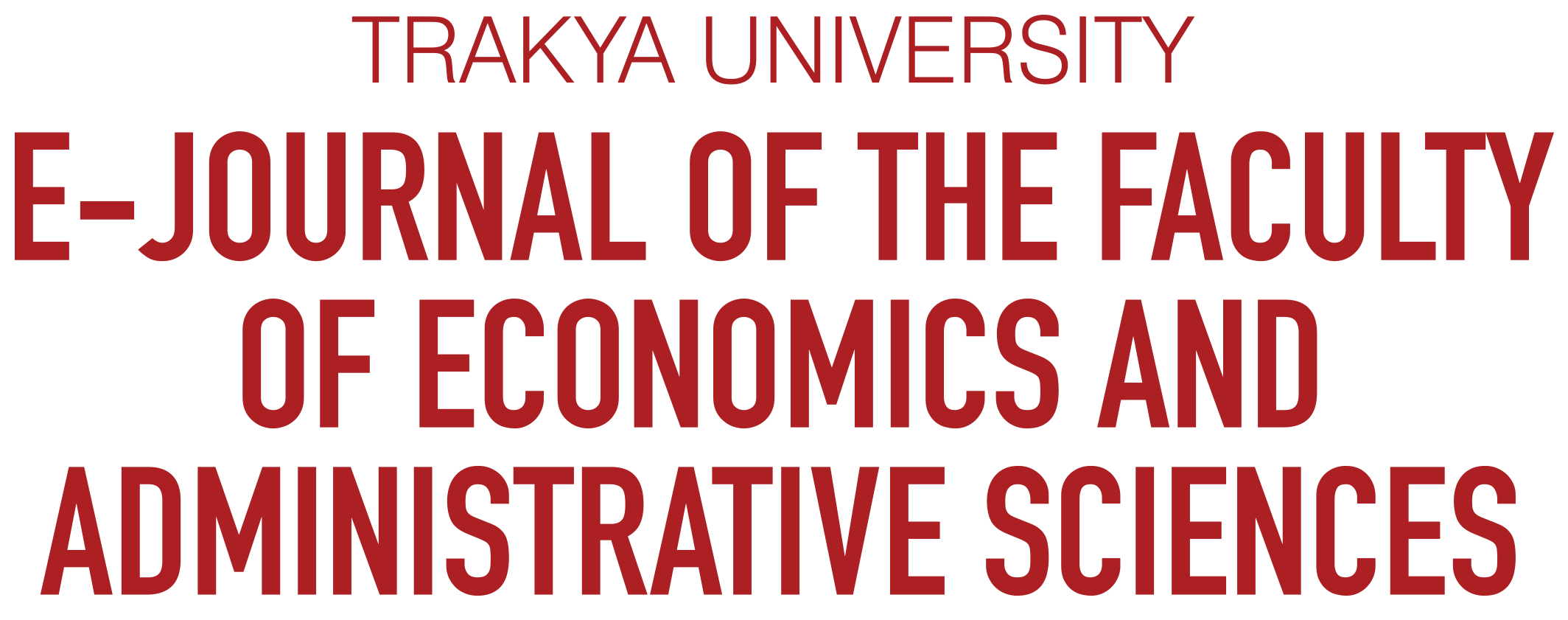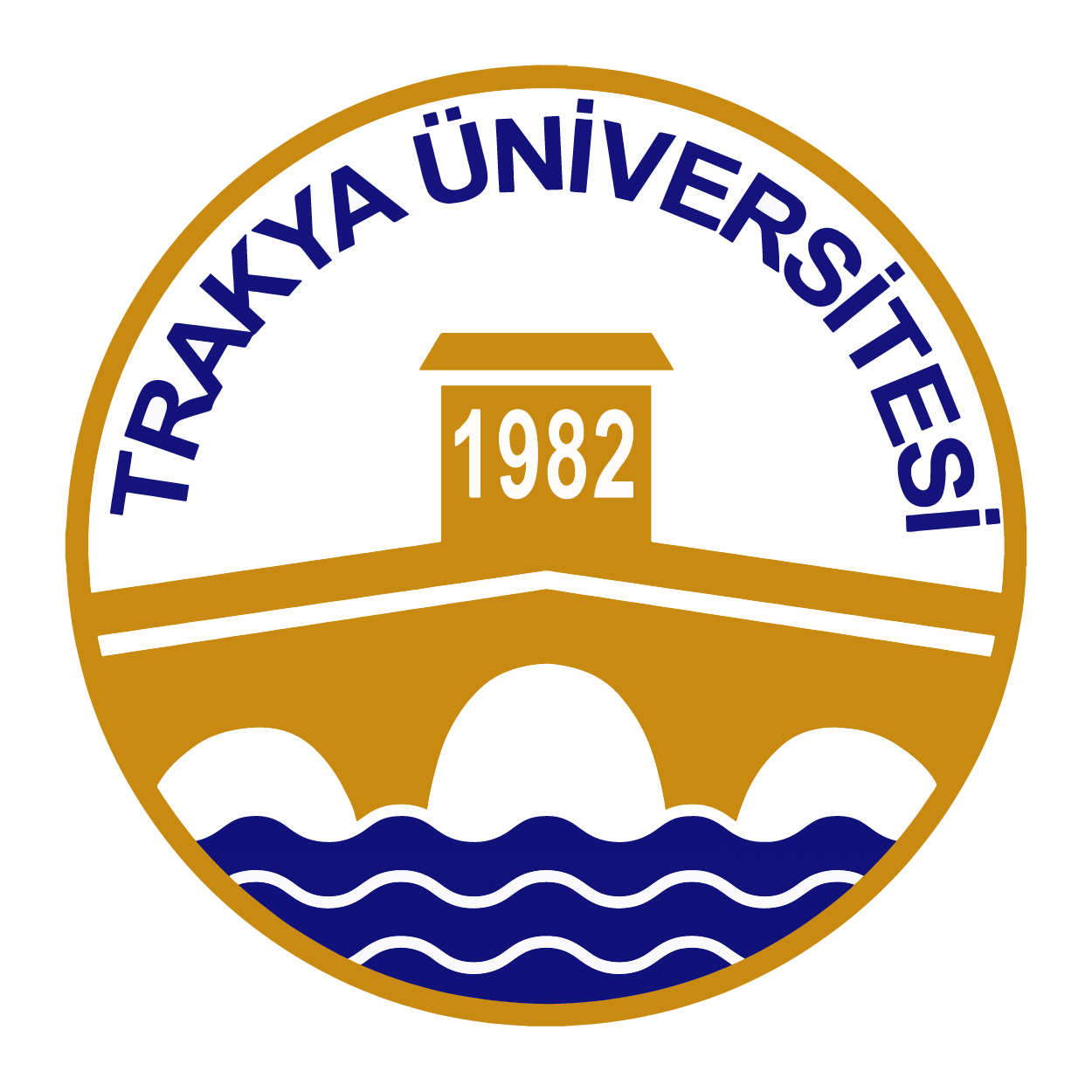Abstract
In the 2000s; developments such as development of robot technology, artificial intelligence, 3D printers, internet of objects, intelligent factory system and driverless automobiles completely change the production structure. This process is described as the Fourth Industrial Revolution (Industry 4.0). In this context; the transition to cyber-physical systems (the transition of systems that connect the physical world to the virtual world with the help of sensors) allowe the digital transformation process to begin.
Every phase of the industrial revolution changes the employment and working life together with the production process. Today; The fact that artificial intelligence and increasing robotic technologies increase the automation of production enables the production to take place in a very different way. This leads to new occupations and working styles. The new process; has the potential to radically change working relations. Therefore, in the near future; With the use of robots in production, it is thought that unemployment will gradually increase, the role of trade unions in social life will decrease and new regulations in the field of labor legislation will be inevitable.
In this article, it will be tried to explain the fact that the process of digital transformation, which is the different stages of the industrial revolution and which is quite different from Industry 2.0 and Industry 3.0, has begun to transform the working life rapidly.



